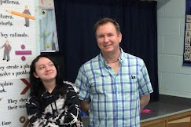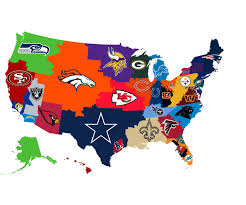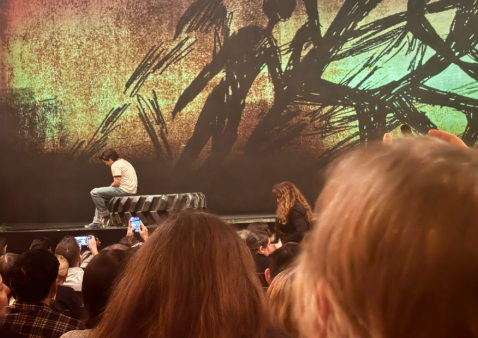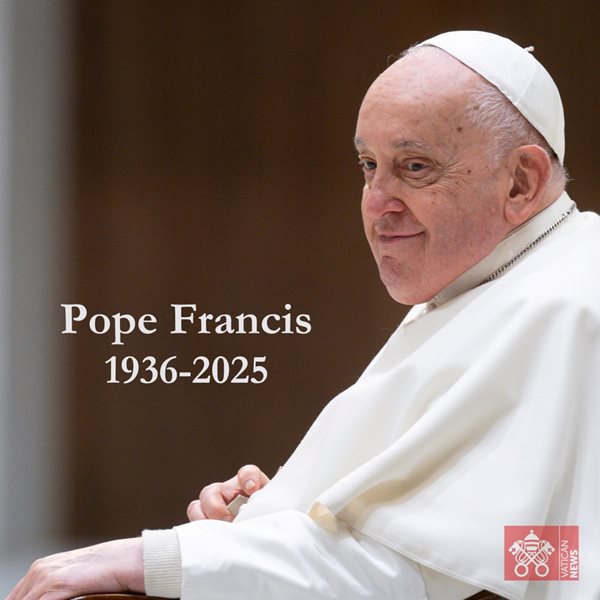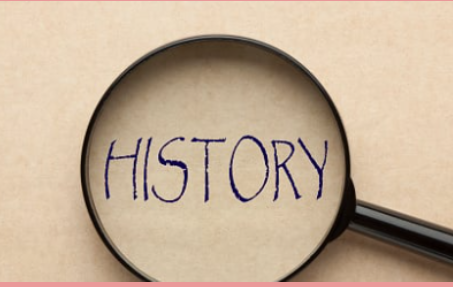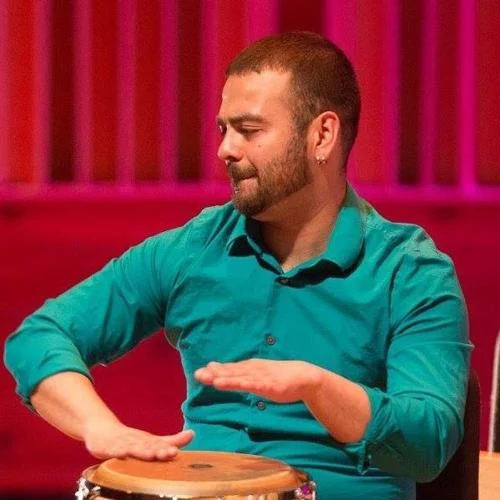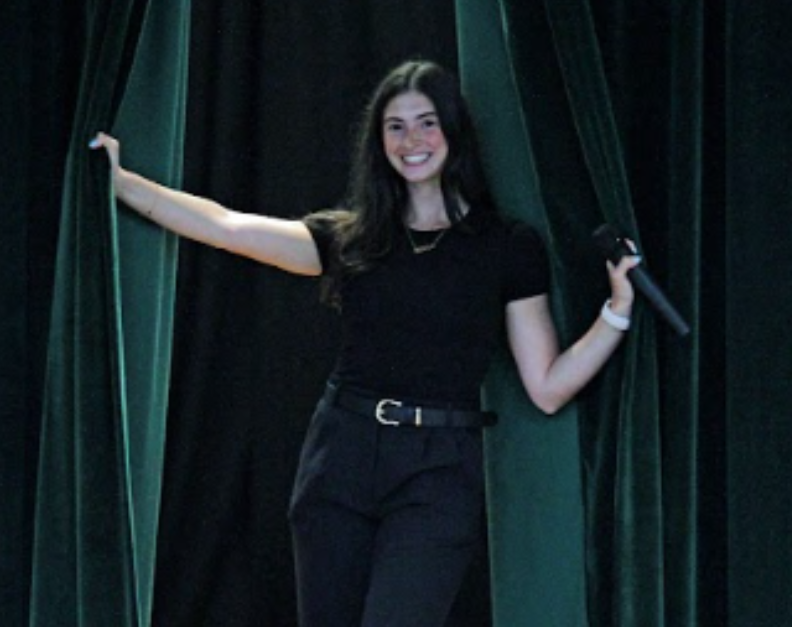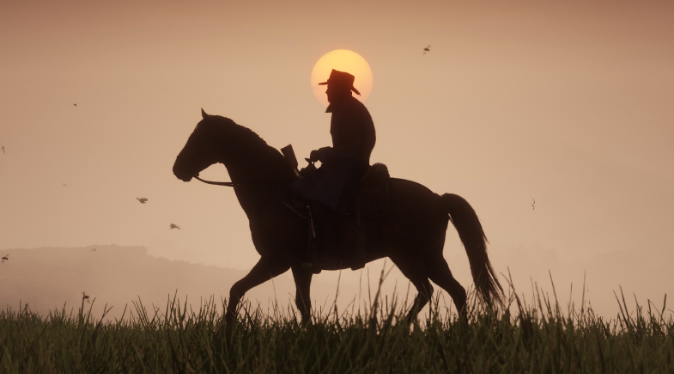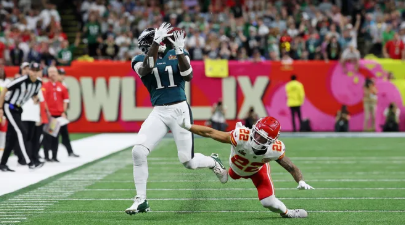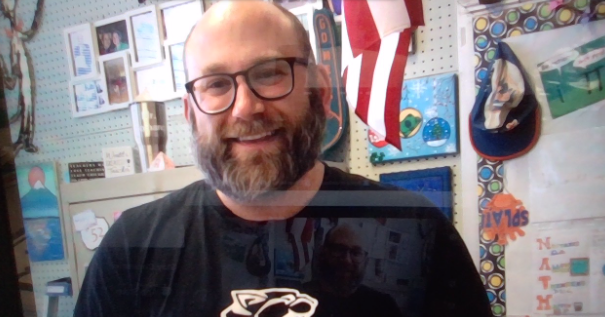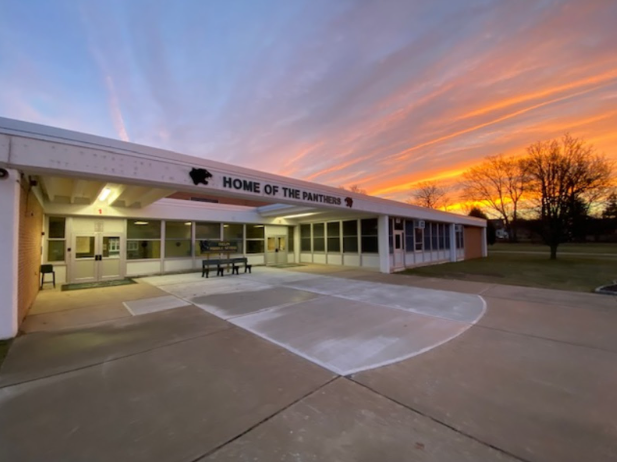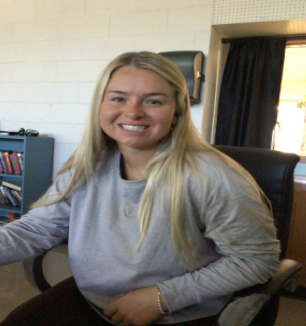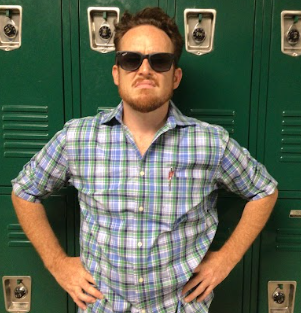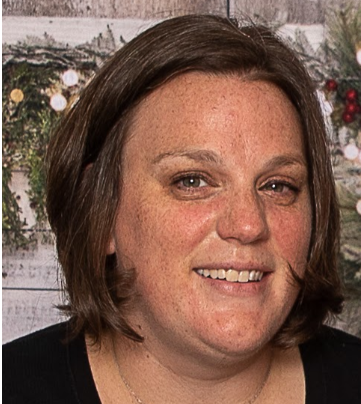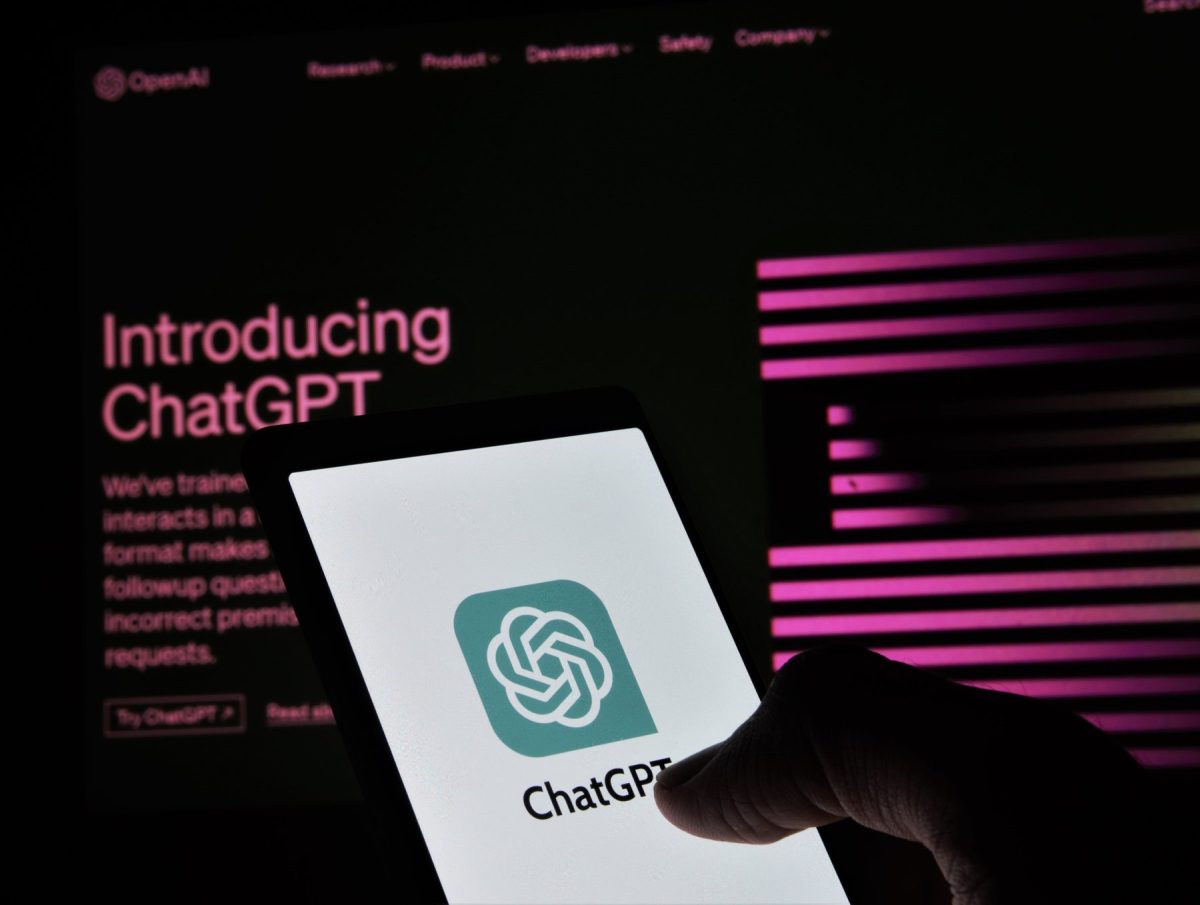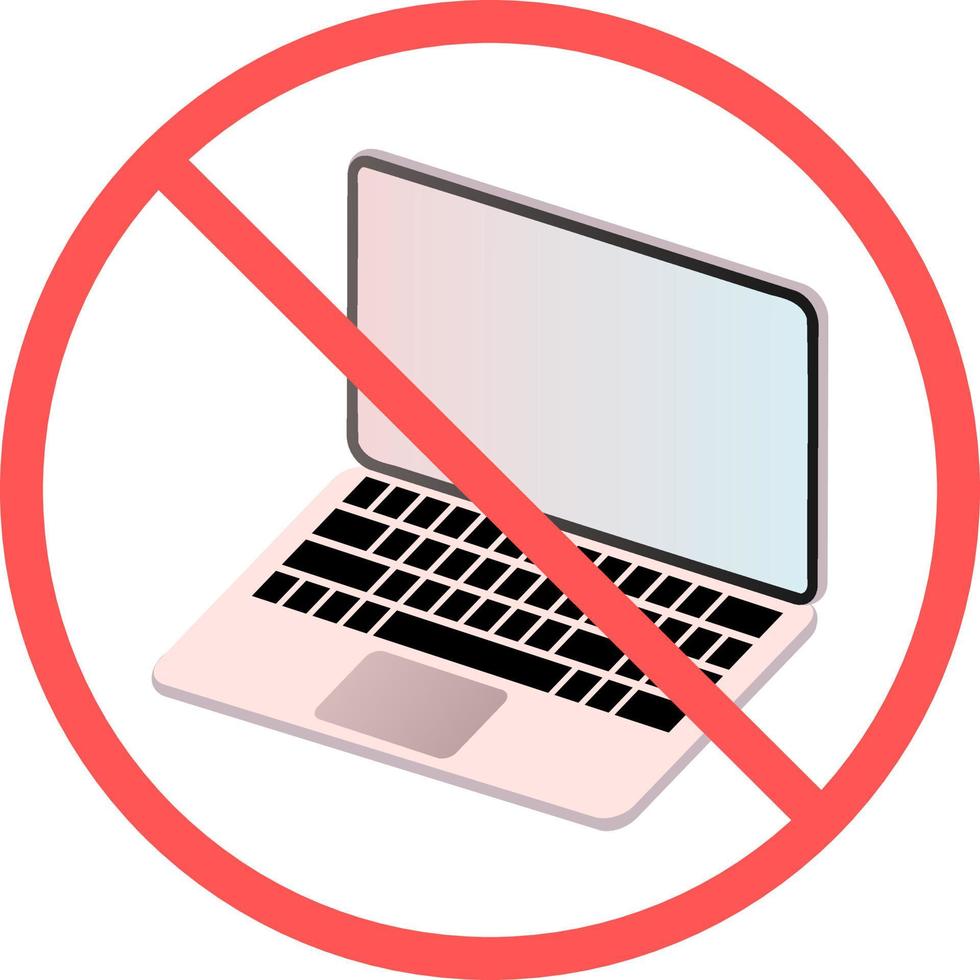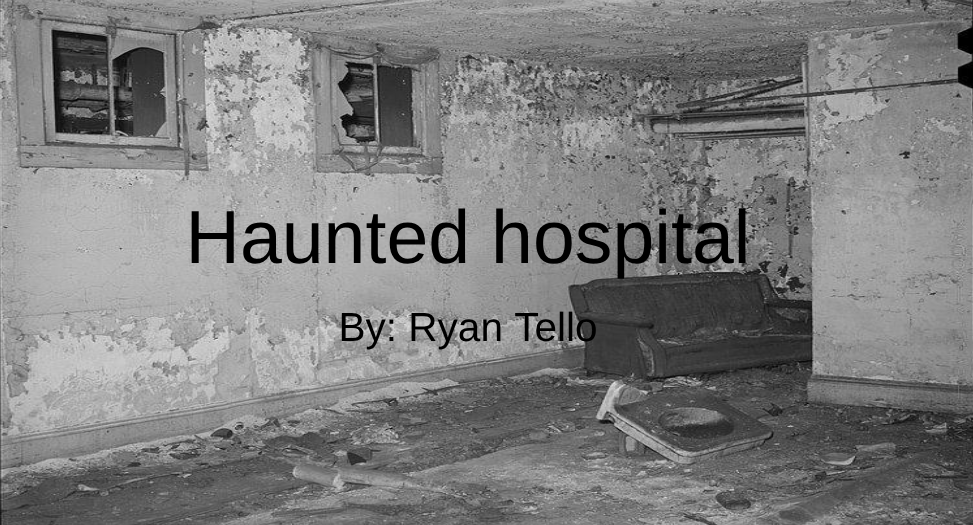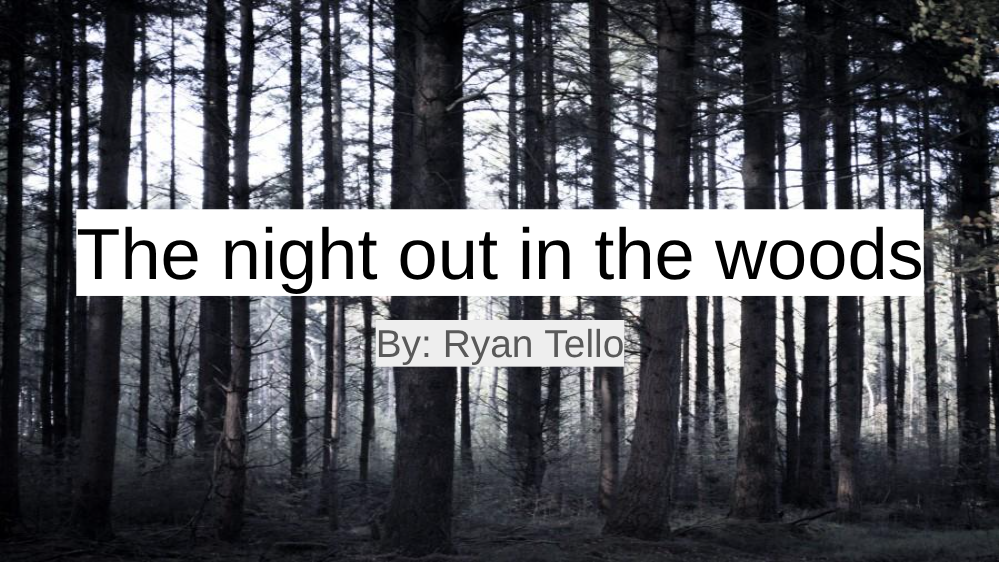On Feb. 28, Muslims around the world gathered together to search for the crescent moon, which signified the celebration of Ramadan. It’s one of the most popular religious celebrations worldwide, observed by more than 2 billion Muslims worldwide. Some discovered the crescent moon using advanced technology or just with their own eyes.
For context, Ramadan is the ninth month of the Islamic calendar. The Islamic calendar is a lunar calendar, meaning it follows the phases of the moon. During Ramadan, Muslims around the world abstain from eating or drinking from
morning to sunset.
Before morning, Muslims can eat Suhoor, the pre-dawn meal, which will enable them to not feel hungry throughout the day. During the day, Muslims aren’t permitted to eat, drink, or take part in anything that breaks the fast. After sunset, Muslims can eat Iftar, the meal to break the fast.
Sometimes, fasting may be difficult for some people. In case people are sick, they can skip fasting for one day or even the whole month. However, they are required to make up for the fasting after Ramadan.
After Ramadan ends, Muslims gather together to celebrate Eid ul-Fitr, meaning the festival of the feast, indicating the end of fasting. This holiday lasts from one to three days, when people exchange gifts and have fun. Because this holiday is based on the ending of Ramadan, fasting on this day is considered Haram, or prohibited.
Because the Islamic calendar only follows the phases of the moon, Ramadan doesn’t always come at the same time. For example, in 2024, Ramadan began on March 10 and ended on April 9. However, in the previous year, Ramadan began on March 22 and ended on April 20.
According to the Ramadan Crescent Sighting Committee, the first day of Ramadan began in the evening of Feb. 28. One way that people figured out when Ramadan began is the sighting of the crescent moon. After a new moon arrives, the moon begins to show a tiny bit of light which is shaped like a crescent.
Because the crescent moon is small, it’s extremely hard to see by the naked eye. In Saudi Arabia, Muslims were encouraged to see the moon themselves using special telescopes or binoculars. However, because the crescent moon was so thin, it could only be visible in the sky for no longer than 15 minutes.
Taha Imitiaz, a Muslim student at Iselin Middle School, shared his experience with the moon sighting.
“Apparently, I was lucky enough to see the moon myself. Both me and my father went outside to look for the moon,” Imitiaz said.
Imitiaz also shared how he was able to see the moon.
“The sky was very clear. Absolutely no clouds in the sky. So looking at the moon was easy,” Imitiaz stated. “Honestly, I didn’t need any equipment. I just looked at it with my own eyes. I saw a very small line, almost shaped like a banana.”
Imitiaz also shared how he felt when seeing the moon.
“I was extremely happy when I saw the moon. One reason is that it just looked very nice. The other reason is because I knew it meant the beginning of Ramadan.”
